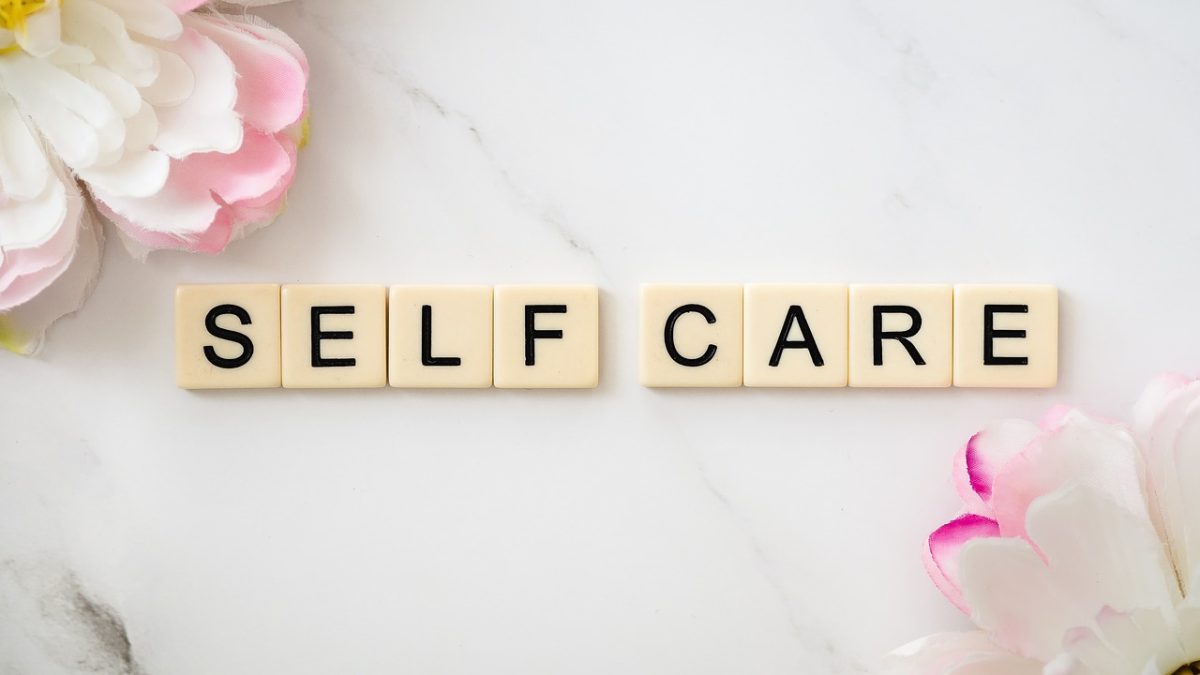The 2020 coronavirus outbreak has been declared by nearly the entirety of the globe as an international health emergency, and overall spreading at faster rates than the SARS epidemic in 2002. Pandemics such as these bring fear, and with fear brings attitudes towards the “other”, in favor of one’s own survival. This becomes a problem when the “other” is a country that consists of nearly 1.4 billion people, and even more who originate from it live all across the globe.
Perhaps the examples of xenophobia that stand out the most are ones that occur in the West, and these tend to be seen as more and more intolerable with the blooming diversity the West now holds. In France, an opening headline warned of a new “Yellow Alert”. In Italy, a conservatoire issued a suspension on all “oriental” students; this included Koreans and Japanese, whose countries have had minimal impact from the virus. Right-wing U.S. commentators have deemed the virus as “kung flu” coming from “ChiComs” (Chinese Communists). These waves of fear-mongering in the Americas and Europe have been countered with trending hashtags, in many languages, all saying “#IAmNotAVirus”.
With East Asians looking out for each other in the West, the story is much different in Asia itself. This could be due to the fact that Asia lacks the same levels of diversity in the West, and many nations are homogeneous. Nationalism plays a much stronger role here, and despite many people not looking that much different, racism is very much alive -if not more so- as there are fewer minorities in other countries to speak up for themselves. “#ChineseDontComeToJapan” is one of Japan’s trending hashtags, with many also commenting that the Chinese are dirty, insensitive, and secretly bioterrorists. In South Korea, a petition to ban all Chinese nationals from the country reached 600,000 signatures in under a few days; simultaneously, protesters throughout the country picketed for the ban -and ended up tearing a medical agent’s hair out. The same discriminatory language was seen on Korean social media. And throughout all of Asia, signs have been posted on businesses banning Chinese people. Resentment for the Chinese has also stemmed from the xenophobic treatment Koreans and Japanese have received from abroad, with people assuming that it’s the fault of the Chinese.
Stories like these make the public forget that real people’s lives are being impacted, with the virus separating families and destroying others.
Internationally, fake news has been popping up to gain attention from the panic. A video of a woman eating bat soup has been spreading across East and South Asia, as well as migrating to Western feeds. Posts claim that it was that one woman who started spreading coronavirus. The truth is that the video was taken in 2016, on the isolated archipelago of Palau. However, the video has been the subject of many Facebook news articles that have weaved their way into tight knit communities. This makes it harder to convince people that an article is false when it was shared within a group of people that trusts one another.
Worse still, another viral video showing a mother allegedly trying to sneak her infected son out of the country has been spreading through Twitter and Facebook. It was also deconfirmed. These types of stories almost encourage scrutiny against Chinese people, and that poses problems when the country is suffering from an epidemic that so far shows no signs of stopping. Stories like these make the public forget that real people’s lives are being impacted, with the virus separating families and destroying others. One thing worth mentioning is that people from Wuhan are being ostracized throughout China; not being allowed into hotels or restaurants and being the targets of online hate. It’s important to remember that just because China has the largest population on earth, it does not mean they are expendable.
Chinese communities all over the world fear a repeat of the mistreatment they had received during the SARS epidemic, in which many Chinese businesses suffered financially and went out of business due to people’s fears of getting infected. However, these fears are unfounded. As of writing this, only 13 confirmed cases of coronavirus (Covid-19) are present in the United States, compared to China’s reported infection count of 40,000+. All of those infected are currently receiving treatment in quarantine. Only two deaths have been confirmed outside of mainland China: one in Hong Kong and one in the Philippines. Just because someone is wearing a mask in public does not mean there is a coronavirus present around you. And there is no need to stock up on surgical masks at all. Many experts have made it clear that the highest priority is hygiene, not wearing a mask. Wash your hands and keep them away from your face. It’s important to be alert, not anxious, especially when risk of disease is incredibly low here in the United States.
Many have already reported being avoided in public transport; Asians are once again being the butt of tasteless jokes at school and at work. Great Neck has not been immune to this wave of ignorance. Recently, this author witnessed a disappointing instance in which an Asian man wearing a mask was mocked on the street by a group of North Highschool students. Great Neck has a substantial East Asian population vulnerable to xenophobic responses, and everything that can be done, must be done in order to not repeat history.

















